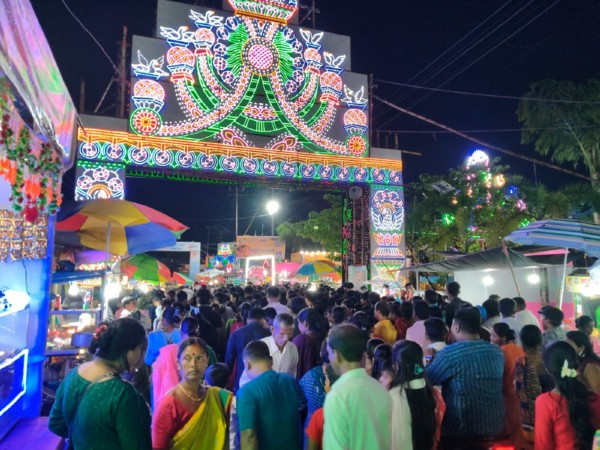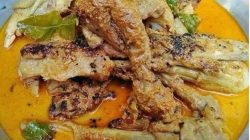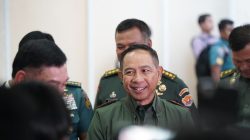A Celebration of Faith and Heritage: The Grand Closure of Kharchi Puja in Tripura
Kharchi Puja, one of the most revered traditional festivals in Tripura, recently concluded with great enthusiasm and devotion, despite the challenges posed by heavy rainfall. This festival holds a cultural significance comparable to Durga Puja and the Tripureshwari Festival of Matabari, and it remains a cherished event for the people of Tripura. The fair this year started on July 3 and ended on July 9, drawing thousands of devotees from across the region.
Despite the adverse weather conditions, public participation remained strong, and the number of visitors at the temple premises did not diminish. The closing ceremony was attended by several prominent figures, including the Mayor of Agartala Municipal Corporation and Rajya Sabha MP Rajib Bhattacharjee. Their presence highlighted the importance of the festival in both religious and social contexts.
Origins and Significance of Kharchi Puja
At the heart of Kharchi Puja is the worship of the Chaturdasha Devata—14 deities regarded as the ancestral gods of Tripura’s royal family. These deities are deeply venerated by the indigenous tribes of the state and play a central role in the festival’s rituals. Rooted in centuries-old traditions, the festival transcends religious boundaries, serving as a vibrant celebration of faith, heritage, and cultural unity.
According to Hindu mythology, the festival has its origins in the story of a demon king named Tripur. His son, Maharaja Tripur, became a tyrant, causing immense suffering to his subjects. The people prayed to Lord Shiva, who ultimately defeated Tripur with his trident. After his death, Queen Hirabati took over the kingdom. Concerned about its future, the people once again sought divine intervention. During a ritual bath in a river, Queen Hirabati saw 14 deities hiding in fear atop a silk cotton tree, frightened by a wild buffalo.
To protect them, the queen threw her breast cloth at the beast, rendering it motionless. She then brought the deities to the royal palace and began worshipping them. With their blessings, she later gave birth to a son, Trilochan, marking the continuation of the royal lineage. From that point on, the 14 deities became the patron gods of the royal family.
The Temple and Its Legacy
A grand temple was later constructed at Udaipur, and the current Chaturdasha Devata Temple was built by King Krishna Kishore Manikya (1760-1783) in Old Agartala (Puratani Haveli) after shifting the capital due to repeated Mughal invasions. Although the capital eventually moved again in 1870, the temple remains at its original location and continues to be the focal point of the festival.
The main priest of the temple is known as ‘Chantai,’ who oversees the rituals for the 14 deities. In the tribal language, these deities are referred to as Mithaikotor, Akhata-Bikhata Lampra, Sangrongma, Tuima, Mailuma, Khuluma, Burasa, Thumnairung, Bonirung, Noksu, Garia, Haichukma, Sikal (Birirung), and Sriyamadu. In the Bengali tradition, they are equated with gods and goddesses such as Shiva, Uma, Vishnu, Lakshmi, Saraswati, Kartikeya, Ganesha, Brahma, Prithvi (the Earth), Samudra (the Ocean), Ganga, Agni (Fire), Kamadeva, and Himadri.
Rituals and Cultural Importance
During Kharchi Puja, these 14 deities are worshipped together only once a year—on the eighth day (Ashtami) of the waxing moon in the month of Ashadha, in the old palace complex at Khayerpur. Typically, only Shiva, Uma, and Vishnu are worshipped daily. Among the 14, some deities represent water, mountains, agriculture, and natural forces, highlighting the animistic and ecological reverence that defines the festival.
The fair surrounding the puja transforms the temple premises into a bustling hub of activity, attracting saints, pilgrims, tourists, traders, and cultural enthusiasts from various parts of India. Kharchi Puja continues to stand as a powerful symbol of Tripura’s spiritual legacy and inclusive culture, drawing increasing participation and preserving its age-old traditions with pride.







